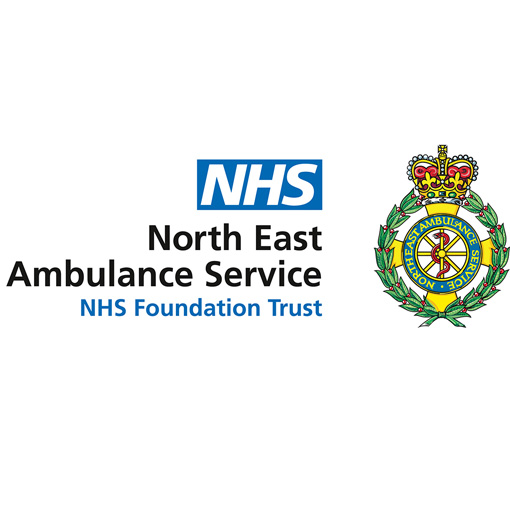
Connecting patients to paramedics across the north east and avoiding unnecessary ambulance call outs
What problem was the trust looking to solve?
A regional service, the North East Ambulance Service NHS Foundation Trust (NEAS) forms a critical part of the care process, bridging primary, secondary and acute care. The trust only treats patients for a short period of time, with little knowledge of their medical history but often in their most desperate times of need. It is therefore vital that the trust ensures it remains informed as much as possible when its services are needed. During the pandemic, it is more important than ever for the trust to offer ways of being able to keep patients safely at home, and reduce unnecessary ambulance attendances and referrals to hospital and other providers.
What was the trust's response?
NEAS is using Attend Anywhere software to connect ambulance staff, patients, and specialists. It is being deployed in three key ways:
- Clinical advice for staff – newly qualified paramedics can use the facilities to speak to specialist paramedics for clinical advice and reassurance whilst on scene with a patient, who they think can be safely left at home, without needing to travel to hospital. This support was previously carried out as a telephone conversation, relying heavily on vocal descriptions but using video instead allows staff to use visual cues in their clinical decision making.
- Patient support - after going through the triage system on either NHS 111 or 999, patients who need to speak to a clinician can now be given a secure link via text message or email, which will take them through to a video call on their smart phone, computer or tablet.
- Specialist support - the system also has the potential to be used by other specialists, such as the NEAS Hazardous Area Response Team and Great North Air Ambulance, to see whether their services are required on scene, ensuring their specialist skills are reserved for patients who need them most.
What was the impact?
One of the hardest jobs for a clinician’s working within the trust’s emergency operations centre is the inability to see a patient and therefore having to rely on what they are being told over the phone. Previously, this sometimes meant they had no choice but to dispatch an ambulance. The ability to see patients face to face via video consultation therefore means NEAS can potentially reduce ambulance callouts, freeing up clinicians to see more patients. It is also hoped this will eventually reduce referrals to other providers, thereby freeing up appointments in the wider system and reducing the wait for people who need a physical appointment.
What is planned next?
The trust has multiple innovation plans in development over the coming weeks:
- developing a common message to allow ambulance systems to digitally pass patient information to hospital systems supporting the transfer of care process
- creating a central directory which provides NHS providers with real time information about services available to support a patient
- capturing a patient’s NHS number as part of their 999 call, without delaying treatment to the patient, to provide clinicians with access to additional information relating to the patient’s previous symptoms and treatments and to transfer information to other services, such as GPs following an ambulance call-out
- developing a messaging and collaboration platform for informing ambulance staff about their compliance with best practice and informing them of changes
- introducing barcode tracking to better manage medicine and stocks on vehicles